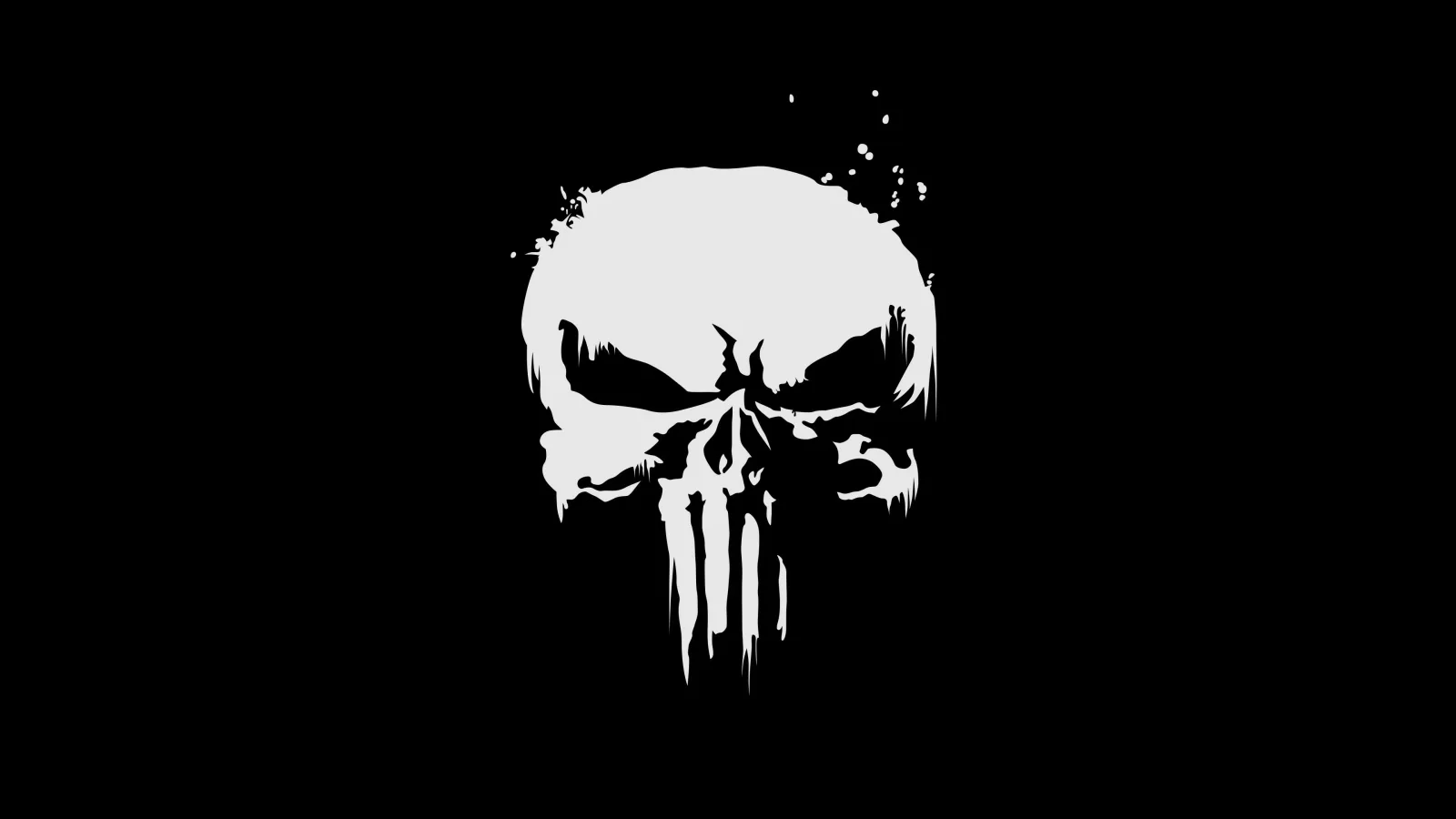
Symbolism of the Punisher logo – It is a symbol that represents the failure of law and order and the right to murder with impunity. This symbol is also used to represent justice in an unconventional way.
Characters
Whether you’re a Punisher fan or not, you’ve probably heard of the Punisher logo. This skull-like symbol has been a part of Marvel comics since the 1970s. It’s been adopted by several organizations, including the US military and the police. It’s also become a symbol of the Black Lives Matter campaign, which is associated with protests against police brutality and racial profiling.
In addition to being used by the US military, the skull-like symbol has become popular with police forces in several states. It has even been spray-painted on body armor. The Punisher logo has also appeared on vehicles.
It’s not the first time that the skull-like logo has ruffled feathers, as it’s been used for years. Right-wing extremist groups, such as the Proud Boys, have also co-opted the symbol. But now, there’s a new twist. The Punisher logo is getting a makeover. It will feature a longer skull with a stylized skull logo. It’s possible that the change will reflect the Punisher’s new title.
While the Punisher’s skull logo has been used for years, the character has changed a bit recently. In the past, the Punisher was a villainous figure. However, the character gained charisma later on. As a result, fans wondered whether the Punisher would make it to the Marvel Cinematic Universe.
Punisher comics will be a 13-issue series that will start in March 2022. The series will be written by Jason Aaron and illustrated by Jesus Saiz. It’s possible that the character will undergo a change, as the Punisher was once considered to be opposed to other superheroes.
The Punisher has been a popular character in comics. He is a vigilante who fights crime by getting his hands dirty. He’s also a favorite among police officers and militia groups. But he’s also a controversial character. While he’s an anti-hero who fights crime, he’s also a favorite among hate groups.
The Punisher logo has also been used by several right-wing extremist groups, such as the Proud Boys. However, it’s been condemned by comic book writer Garth Ennis. It’s also criticized by comic book fans. But it’s hard to get rid of the Punisher logo, because it’s a trademarked symbol.
Symbolism of justice
Symbolism of justice in the punisher logo has long been an uncomfortable topic in the world of comics. This is primarily because the character has long been associated with the military and law enforcement in the United States. However, the symbol has also been used by white supremacists and militia groups.
Gerry Conway, the co-creator of Punisher, has launched a campaign to reclaim the logo. The initiative is called Skulls for Justice. It will raise money for the Black Lives Matter movement. This campaign will be done through a team of artists, who will donate their work to a line of merchandise that will benefit the BLM movement. However, the artists will not receive compensation for their work.
This campaign will also seek to encourage young comic book artists of color to participate. In addition, Conway has invited white creators to participate as well. Conway hopes that he will be able to use the art for a Black Lives Matter-themed line of merchandise.
The skull symbol has also been used by pro-police Blue Lives Matter protestors. The skull has also been used with the Thin Blue Line flag. Regardless of how people use the symbol, it’s important to recognize the history of the skull insignia.
The skull insignia has also been used by militia groups. Militia groups target both the military and police through an oath they take to uphold the Constitution. These groups target both because of their ideology and their stance on police.
The skull insignia is often used with the Israeli flag, and is also used by police forces in several states. However, there are very few IDF units that prohibit the use of the Punisher logo.
In recent months, photos of police officers wearing the Punisher logo have emerged in the United States. This has caused a stir among law enforcement officials and has raised questions about the role of Marvel and the company’s co-opting of its IP.
Gerry Conway has criticized the police use of the Punisher logo in the past. The skull logo is not only a police symbol, but also a symbol of military power in the U.S.
Representation of right to murder with impunity
Across Latin America, legislation to combat femicide and feminicidio has developed in a variety of ways. Some countries, such as Honduras, acknowledge gender inequality as the source of VAW. While others, such as Brazil, do not acknowledge VAW as a problem. But regardless of the specifics of the legislation, there is a consistent theme that distinguishes femicide from other violent crimes: impunity. The term “impunity” may have little meaning for the state, but it refers to the absence of justice in cases of violence against women. In countries where femicide/feminicidio is a problem, the lack of a justice system to address VAW may be the most critical factor in fostering high femicide rates.
As a result of this lack of justice, victims of VAW have little chance of being able to assert their rights. This is true both for victims of VAW and for those who have been victims of feminicidio. Moreover, the lack of a legal system to address VAW creates a climate of fear, which further devalues citizens and delegitimizes the state. While the representation of the right to murder with impunity may not be directly tied to the representation of human rights, it is a fundamental debility of the “negative” design of human rights law. This is because, while human rights legislation seeks to protect victims, the laws must contend with the material logic of police discrimination.
Feminicidio reflects sanctioned economic and social processes, which remove poor young women from both citizenship and human rights. In contrast, impunity devalues citizens by depriving them of effective citizenship. This is not just an issue of the state; it also requires political and economic reform. In addition to judicial relief, the international courts may be a useful resource. However, addressing impunity requires a justice project that goes beyond the framework of human rights law. If the state does not acknowledge VAW as a problem, it may be difficult for grassroots groups to advocate for social justice.









